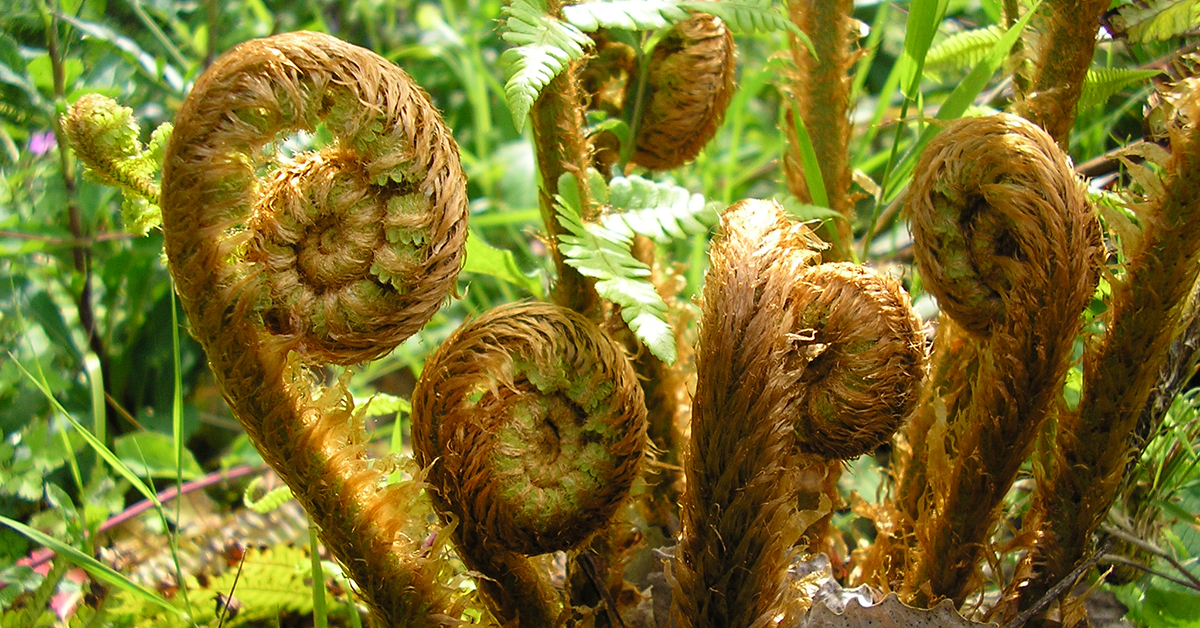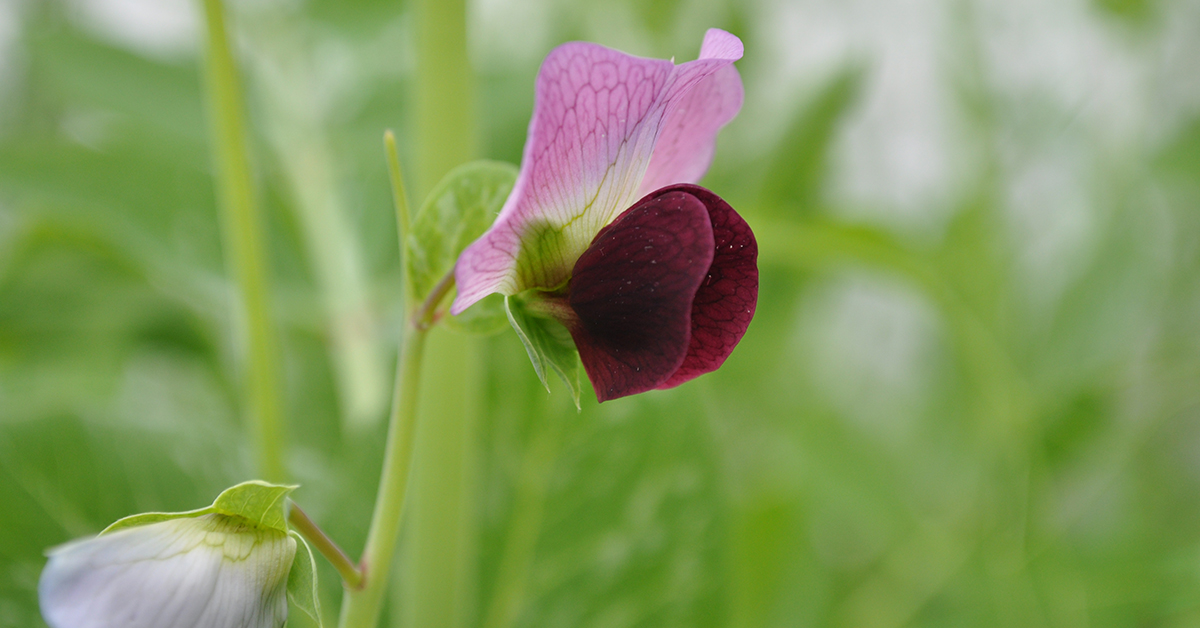Basque ethnography at a glance
Several weeks ago we concerned ourselves with the life cycle of us humans in traditional society [See The cycle of life]; on this occasion we shall attempt to outline the transmission wheel of the chronological passing of the years while distinguishing workdays from holidays.
As we pointed out in that previous post, we are for sure influenced by geographical structure, social context and historical time, all personal or collective activity within the cycle of everyday life (be it a working or a non-working day) being marked by a set of rituals meant to promote its success. Traditionally conceived as cyclical processes repeated endlessly, they are susceptible to a number of unchanging regularities or constants which have been observed and transmitted by generations. (more…)
In this third post of a three-part series [See The months of the year in Basque (1) and The months of the year in Basque (2)] we place our focus and attention on the last four months of the year.
Irail ‘September’. This is the ‘month or moon of the fern’, from ira ‘fern’ + (h)il ‘month or moon’, also called garoil in some places, from garo, synonym of ira. We have another remarkable and rather controversial name for this month, which is buruil, a diversity of opinions having been generated around it. Curiously enough, its first component buru could mean ‘head or start’ but also ‘finish or end’, and accordingly, some researches, Vinson among others, defend that September would once upon a time have been the first month of the Basque agricultural calendar, whereas others, such as Wagner, Campión or Caro Baroja himself, argue that it would have been the last. In an attempt to come to terms with such divergent interpretations, we shall us paraphrase Caro Baroja: “it is clear that some months would, at first, not correspond exactly to current Latin ones”. (more…)
Let us return to our brief ethnolinguistic review of the names which the months of the year receive in Basque [See The months of the year in Basque (1)].
Apiril ‘April’. This name comes to us from Latin Aprῑlis, with the tentative double meaning of ‘month of Aphrodite’ (from Greek Aphrô), or ‘month when flowers bloom’ (from Latin aperῑre ‘open’). Equally interesting is the form jorrail, understood by Caro Baroja as ‘month or moon for weeding’, this month being typically dedicated to hoeing and removing weeds from cultivated fields. And we shall also mention the form opail, which would, according to Caro Baroja, refer to offerings (opa izan/egin ‘offer’ + (h)il ‘month or moon’) or bread rolls (opil ꞊ ogi ‘bread’ + bil ‘round’), formerly traditional at this time of the year. (more…)
This is certainly an exceptional opportunity to review the names of the months in Basque. Apart from the twelve forms established by Euskaltzaindia, the Academy of the Basque Language, for standard Basque, there are, as it happens, many others of different origin and formation, which provide us with abundant ethnolinguistic and ethnographic material to better understand our ancestors’ way of thinking. (more…)





